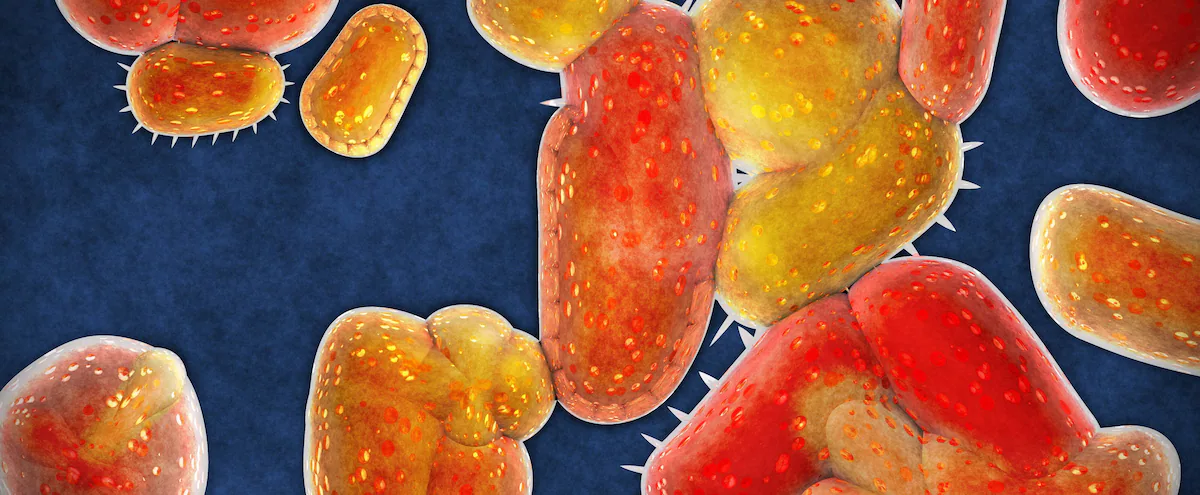On Tuesday, US authorities warned of the continuing increase in cases of several sexually transmitted diseases in the United States in 2020, during the Covid-19 pandemic.
• Read also: The spread of sexually transmitted diseases is getting worse
• Read also: The amazing benefits of COVID-19
The COVID-19 crisis has highlighted an upward trend already observed a decade ago, against the backdrop of declining public funding, according to Jonathan Mermin, author of a report for the US Centers for Disease Prevention and Control (CDC).
The incidence of gonorrhea and syphilis (primary and secondary stages) increased by 10% and 7%, respectively, compared to 2019.
The incidence of syphilis in newborns, called congenital syphilis (with infection during pregnancy): increased by 15% compared to 2019, and by 235% since 2016.
Cases of chlamydia decreased by 13% compared to 2019, but, according to experts, these data do not show a real decrease, given that the disease is often asymptomatic and is detected during routine examinations – a sharp decline at the beginning of the epidemic.
A total of 2.4 million new cases of chlamydia, gonorrhea and syphilis were counted in 2020.
Mr. Mermin explained during a press conference that COVID-19 occurred “at a very complex time for the detection of sexually transmitted diseases”. “We already had a strained, struggling public health infrastructure. Many neighborhoods in the United States do not have specialized STI care centers. This has really worsened growing trends.”
He stressed that the consequences of congenital syphilis are the most serious. They include miscarriages, stillbirths, and lifelong physical and mental health problems.
Cases of sexually transmitted diseases initially declined in the early months of 2020 when lockdowns were in effect, but then rose sharply.
Factors that played into the initial decline in the number of reported cases include a decline in health consultations and thus checks, but also the reassignment of staff specializing in STDs to manage the epidemic, or even a lack of testing.
Half of the sexually transmitted cases were in people between 16 and 24 years old. Minorities (Blacks, Latinos, Native Americans) are disproportionately affected. And 42% of cases of primary and secondary syphilis were diagnosed in homosexual and bisexual men.
Public funding for local clinics dedicated to these issues has been declining for several years. Often the states worst affected are also the least economically developed, such as Mississippi.

“Extreme twitteraholic. Passionate travel nerd. Hardcore zombie trailblazer. Web fanatic. Evil bacon geek.”

